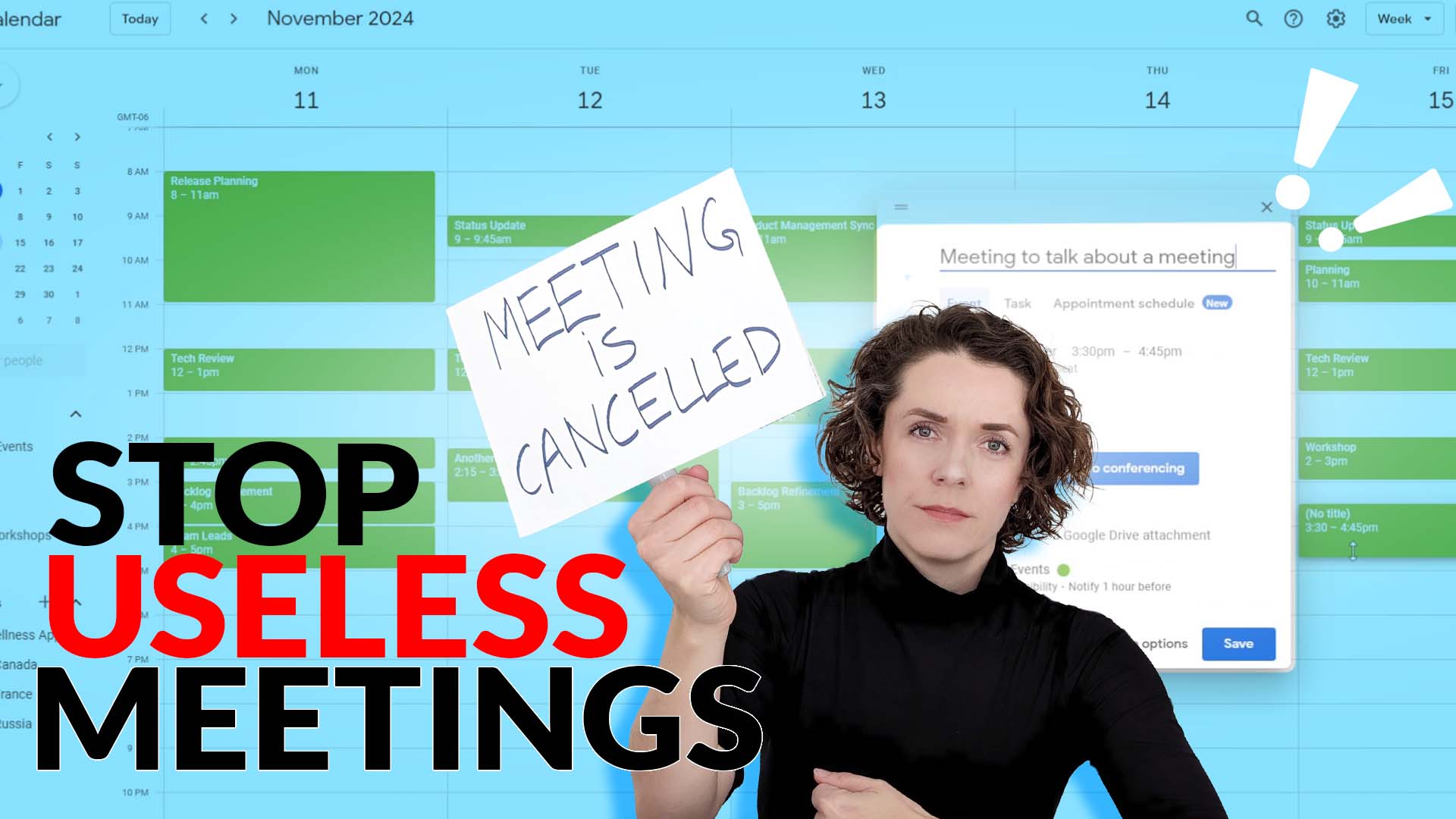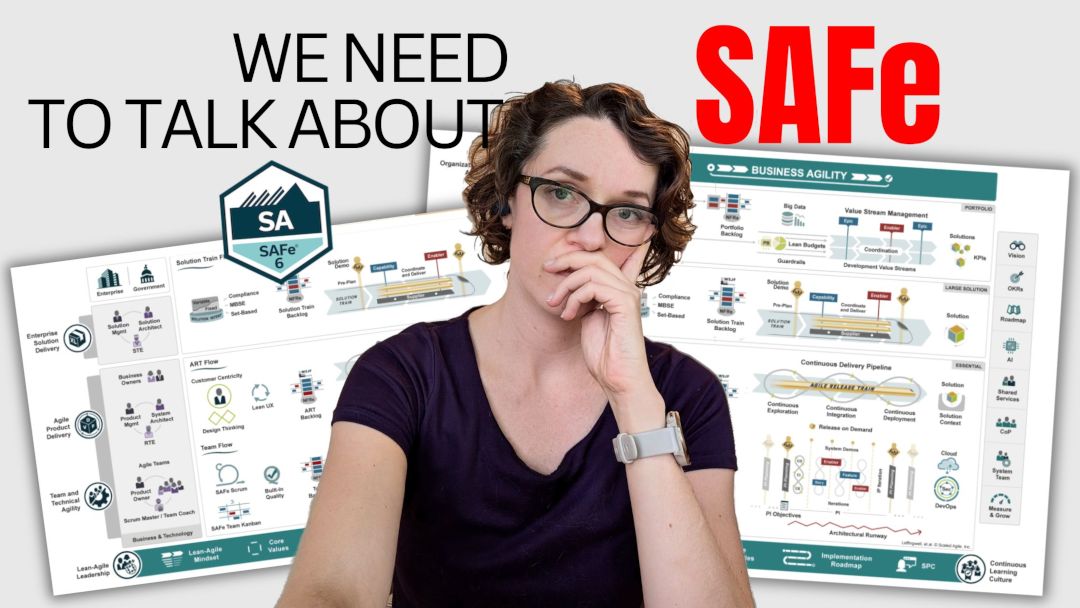Everyone is working remotely as a global response to the spread of coronavirus. It was something that many employees were looking forward to at the start – isn’t it great to work from home? And many Scrum Masters were afraid of – how will I be able to do my job when I can’t see my team?
Obviously, there are benefits to working from home and there are drawbacks. I believe without proper preparation and management of the remote aspect of the work, there are more disadvantages, both on the business side and the people side of things.
WFH is working
Remote work has been around for years. And many companies have been using it to get skills and knowledge they can’t find locally.
A lot of people don’t need to constantly interact with each other while they are doing their tasks, especially, in software development. Having regular touchpoints and sync-ups is a great way to make sure everyone is still aligned on the same goal.
Modern tools allow us to work together even if we are not in the same room: video calls, virtual whiteboards, tracking systems, chats, version control, etc. There’s no shortage of useful working tools.
We know that working from home or working remotely with teams is… well… working. Not only the actual work, but work communication can be done remotely.
Non-working part of the work
So if modern tools support our remote work fully, why are there so many concerns around the negative impact of this on businesses and people?
Well, let’s think about the non-working part of the work.
When we are in the office, we don’t just work for 8 hours straight with a break for lunch. We interact with each other socially.
Not only that, but we build relationships with people in the organization to help us with our work.
- Don’t understand the new system? Just ask Joe, he likes to help others.
- Need to expedite the sign-off process? Sure. Jane can help since you are work-friends.
- Need a break after a tough meeting? Bob is a great listener and he knows the best coffee places in town.
As a Scrum Master, I saw my role in building relationships with people, especially, in big organizations. It was paramount for me to understand others before I could ask them to change their ways of work.
By showing how I approach work, leading by example, I could encourage others to improve continuously.
Sometimes, just by sitting next to the team and listening to what’s going on, I could get insights into challenges I needed to pay attention to, or approaches I should try.
Random chats at the watercooler or in the lunchroom could solve problems in a matter of minutes.
But let’s just take a step back, and think about the social aspect of this. Isn’t it great to come to work and spend time with people you actually know and like?
When we’re working from home, we don’t have the luxury of building relationships with our colleagues. Every time we talk to each other it’s either a working meeting or a work-related chat message. It makes us completely lose the social aspect of work.
It means that our job becomes just the work we do. Because we don’t really know the people we work with, we don’t get attached to the work itself. It becomes numbing, mindless.
In the long run, as adults, we lose an opportunity to build connections with people. And this can have more personal effects on us than we realize.
Creating non-working aspects in remote work
I believe that if companies and teams don’t put the focus on the non-working part of WFH, they’ll be hit even harder by the current global situation.
As a Scrum Master, you should care about this even more now that your team is working remotely. Your responsibility is to help build and maintain trust between people, as it is foundational in Scrum. Without trust there is no transparency, we know that. With remote work maintaining transparency is already as difficult as it can get. So don’t lose trust in the process.
I’ll be honest – I don’t have a magic solution to create social environments when everyone is working from home. But here are a couple of ideas you can try:
- Whenever you have a scheduled meeting, dedicate 5-10 minutes at the beginning and at the end for chit-chat. Actually encourage people to talk about something apart from work. Start with yourself and tell and unrelated to work story.
- Have virtual coffee breaks with people. Whether it’s a 1-on-1 or a full team coffee break, invite people to serve their own coffee or tea and join the chat. You can animate the discussion by choosing a topic in advance by including people in the voting activity.
- Organize game nights. Yes, you can do them virtually too – there are so many games you can play remotely in a simple browser.
Do you have other ideas on how to create non-working aspects of work when your team is fully remote? Share in the comments below.
Remember that work has never been only about work. And as a Scrum Master, you should be able to create an environment for people to succeed with Scrum, even if it’s remote.
Retrospectives become even more essential to continuous improvement with remote work!
Join me for the first virtual Mastering Retrospectives workshop this April to learn new tools to facilitate remote discussions focused on solutions.



